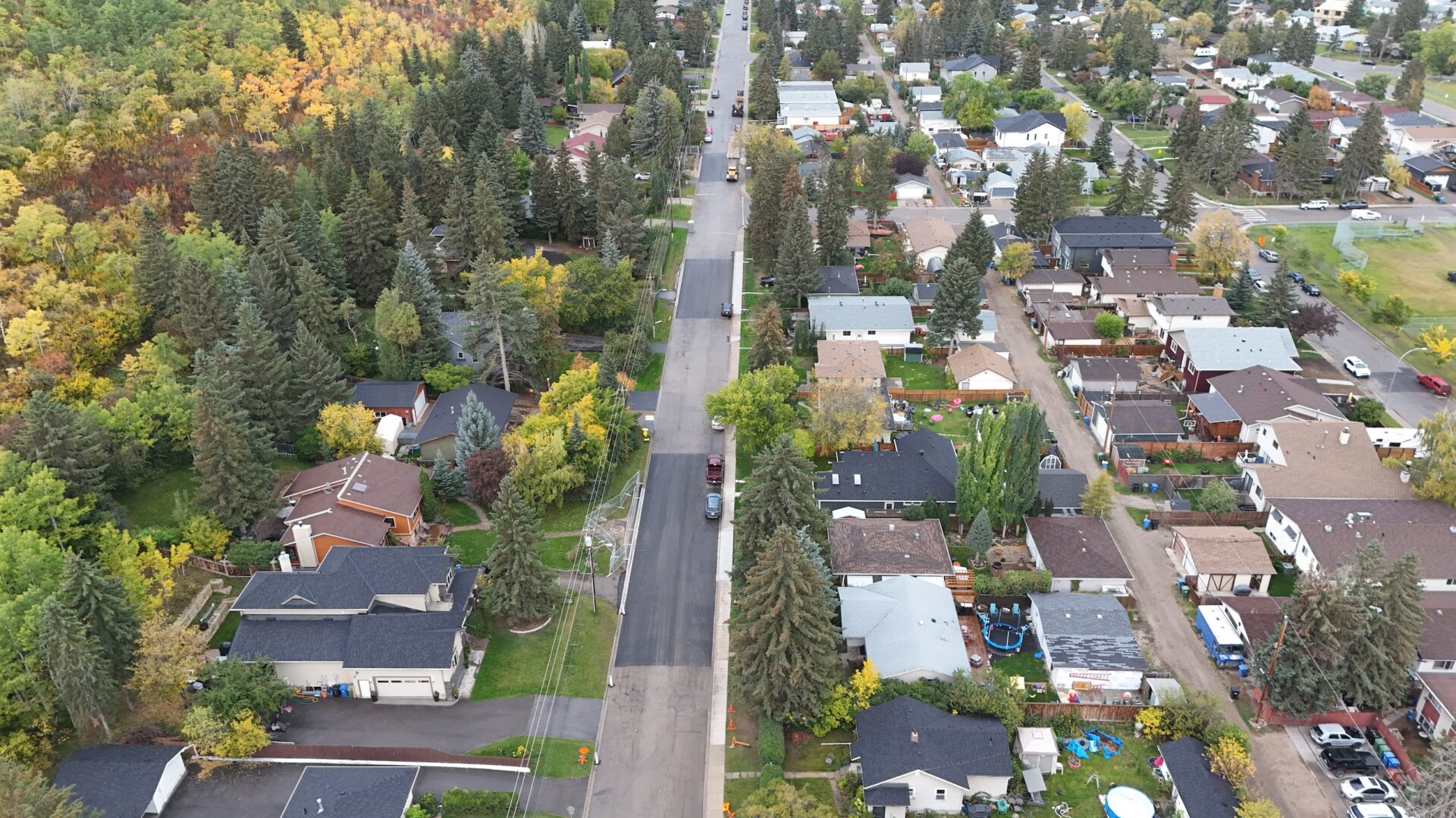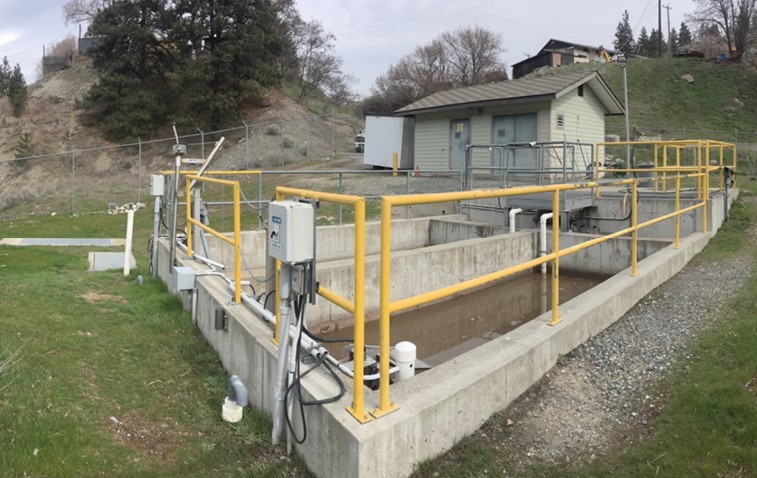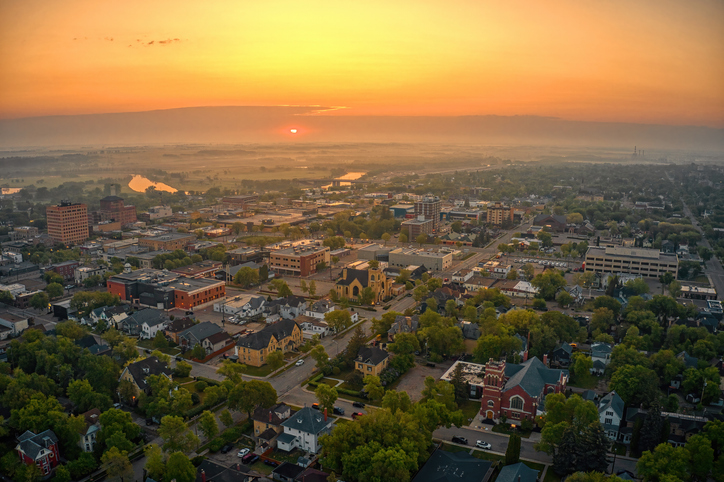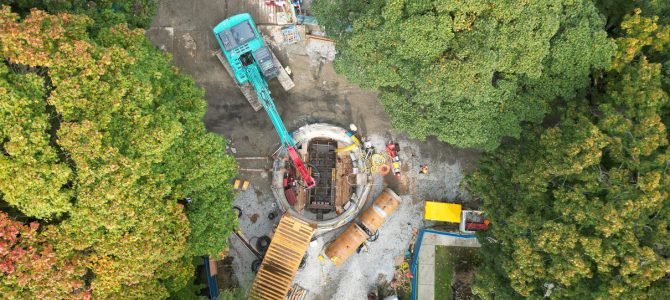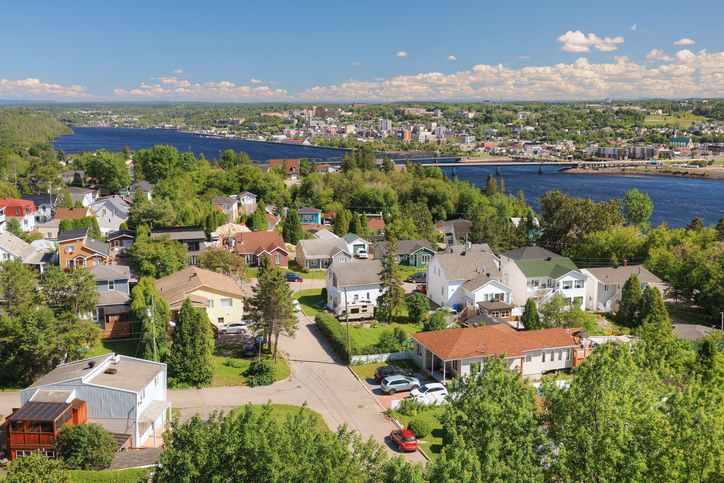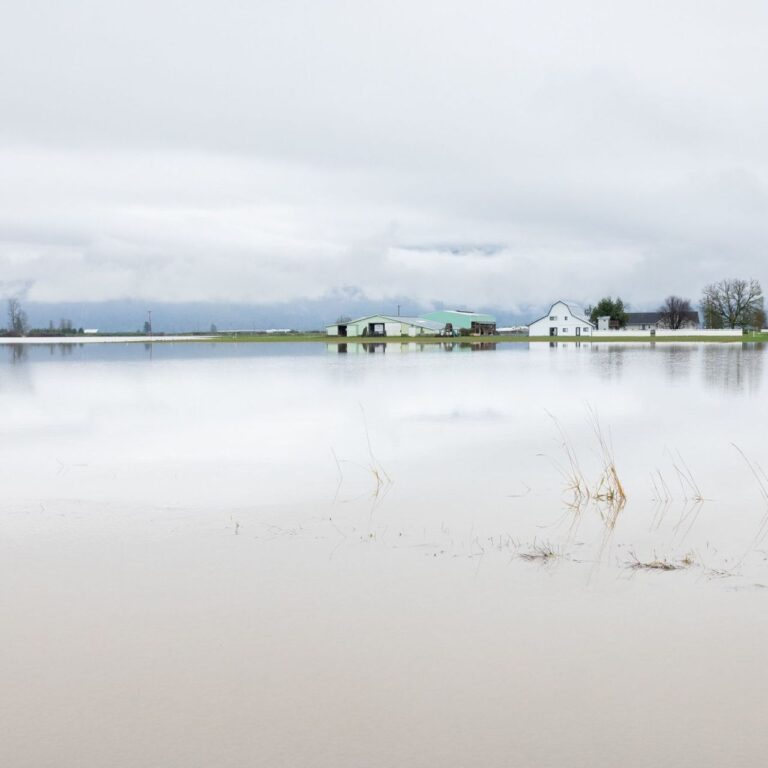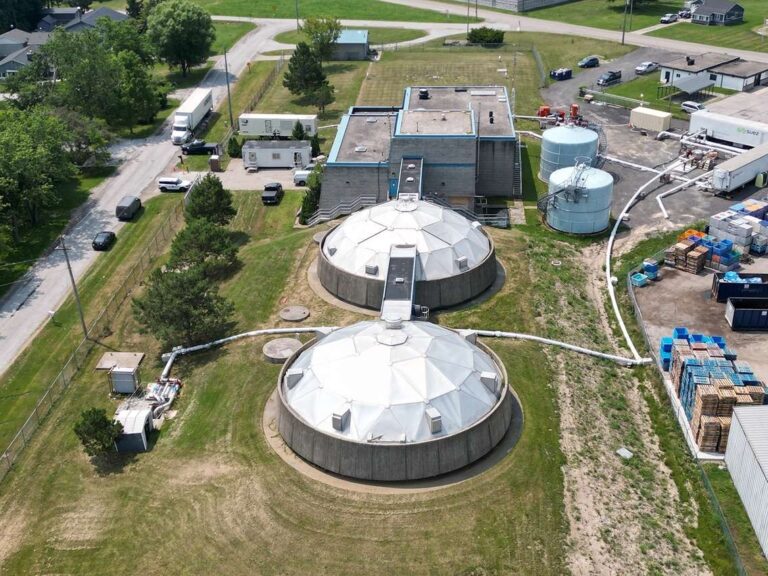A year after the Bearspaw South Feeder Main break, The City of Calgary has taken many steps towards understanding the cause, supporting the reliability of the pipe and is planning for greater redundancy in Calgary’s water distribution system.
Last year’s break significantly impacted Calgary’s drinking water supply and its surrounding communities. The break prompted an urgent and innovative response from City crews, partners and the community. While crews worked quickly to redirect water flow across the city to maintain water service, Calgarians stepped up by reducing their water use, helping to stabilize the system and support our recovery.
One year of progress
Since last June, The City of Calgary has made substantial progress—completing 29 repairs, identifying the factors causing the break and beginning important steps to strengthen Calgary’s water system for the future.
This includes completing urgent repairs, implementing new tools to detect and manage future risks and participating in several in-depth reviews—both internal and independent.
Actions taken over the past year include:
- Emergency repair of the break completed (June 2024): The damaged section of pipe was removed and replaced. Service was restored on June 16.
- 5 urgent hotspot repairs completed (June 2024)
- 21 planned urgent repairs completed (September 2024)
- 2 planned urgent repairs completed (November 2024)
- Ongoing monitoring: The pipe is being closely monitored using fibre optic monitoring technology. This specialized technology ensures continued monitoring of the feeder main.
- Developed an enhanced emergency response plan.
- Expanded our critical parts inventory to support emergency repairs.
A detailed pipe investigation was conducted by Associated Engineering with the support of Pure Technologies to understand the factors that led to the deterioration and failure of the feeder main. From the findings, the report indicated that there was not one specific factor that led to the failure, but rather a combination of aging infrastructure and environmental conditions such as high chloride concentrations.
Learning and improving
In April 2025, The City presented an After Action Report to Council that highlighted lessons learned and opportunities to improve emergency response, internal coordination, communications and future infrastructure planning. These learnings are already being implemented.
APEGA, the Association of Professional Engineers and Geoscientists of Alberta, completed a practice review confirming that we have strong systems in place to monitor, assess and manage our critical infrastructure.
An Independent Review Panel was also formed to take a comprehensive look at all aspects of The City’s water utility, including their operations, maintenance, planning, asset management, governance and budgeting, with findings expected to be released by the end of this year.
Planning for the future: strengthening Calgary’s water system
Teams are now accelerating major infrastructure projects to improve water system reliability and support future growth. The Bearspaw South Feeder Main will be undergoing further improvements to support long-term resiliency. Design work is currently underway with construction set to begin later this year. Construction of a new 22-kilometre feeder main in north Calgary will begin this summer, and the design of a new 25-kilometre feeder main in south Calgary is starting.
“Looking back at the past year I’m impressed by how much work we progressed with the support of Calgarians who played an integral role in keeping demand low while we executed essential repairs,” says Michael Thompson, General Manager of Infrastructure Services. “We continue to be committed to building a stronger water system that will meet the needs of Calgary and the surrounding areas for generations to come.”
With the support of many partners, we have made significant progress over the past year. Looking ahead, they will continue to prioritize transparency, continuous improvement and collaboration.
Image credit to the City of Calgary.

